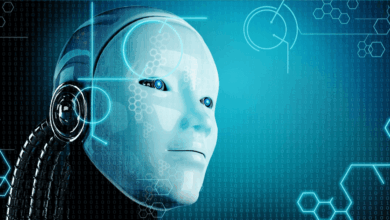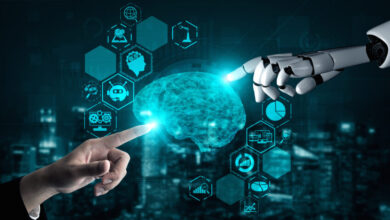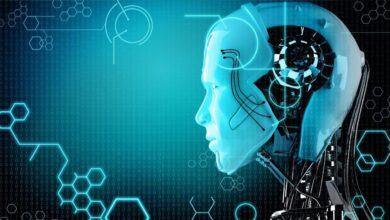Artificial Intelligence: Transforming Our World Now
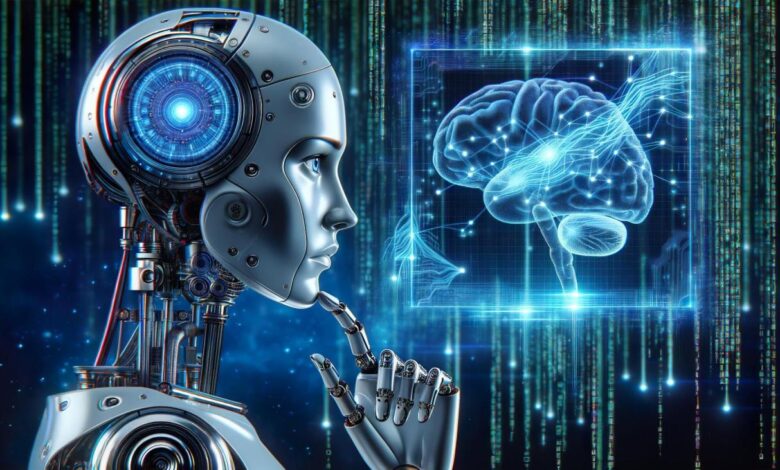
The concept of Artificial Intelligence (AI), once confined to the pages of science fiction novels and futuristic movies, has rapidly burst into our everyday lives, fundamentally reshaping the way we work, communicate, and interact with the world around us.
We are currently living through a period of unprecedented technological acceleration, often referred to as the Fourth Industrial Revolution, and AI is unequivocally the driving force behind this colossal shift, providing the intellectual muscle that processes the vast, ever-growing ocean of data produced every second.
This technology is no longer just about building smart robots; it’s about engineering complex algorithms and machine learning models that allow computers to learn from experience, recognize patterns, make predictions, and solve problems with a speed and accuracy that were unimaginable just a decade ago.
AI acts as a phenomenal magnifying glass and accelerator for human capability, automating repetitive tasks to free up human creativity, offering hyper-personalized customer experiences, and uncovering insights in fields ranging from climate science to drug discovery.
The sheer ubiquity of AI is astounding, silently powering everything from the recommended videos you watch on streaming services to the facial recognition technology that unlocks your phone, making an understanding of its innovations absolutely essential for anyone navigating the modern economy.
Its potential to enhance global productivity, improve healthcare accessibility, and even address massive planetary challenges like climate change is truly limitless, yet this revolutionary potential is rightly accompanied by complex ethical questions that society must proactively address.
The Monumental AI Innovations of the Last Decade
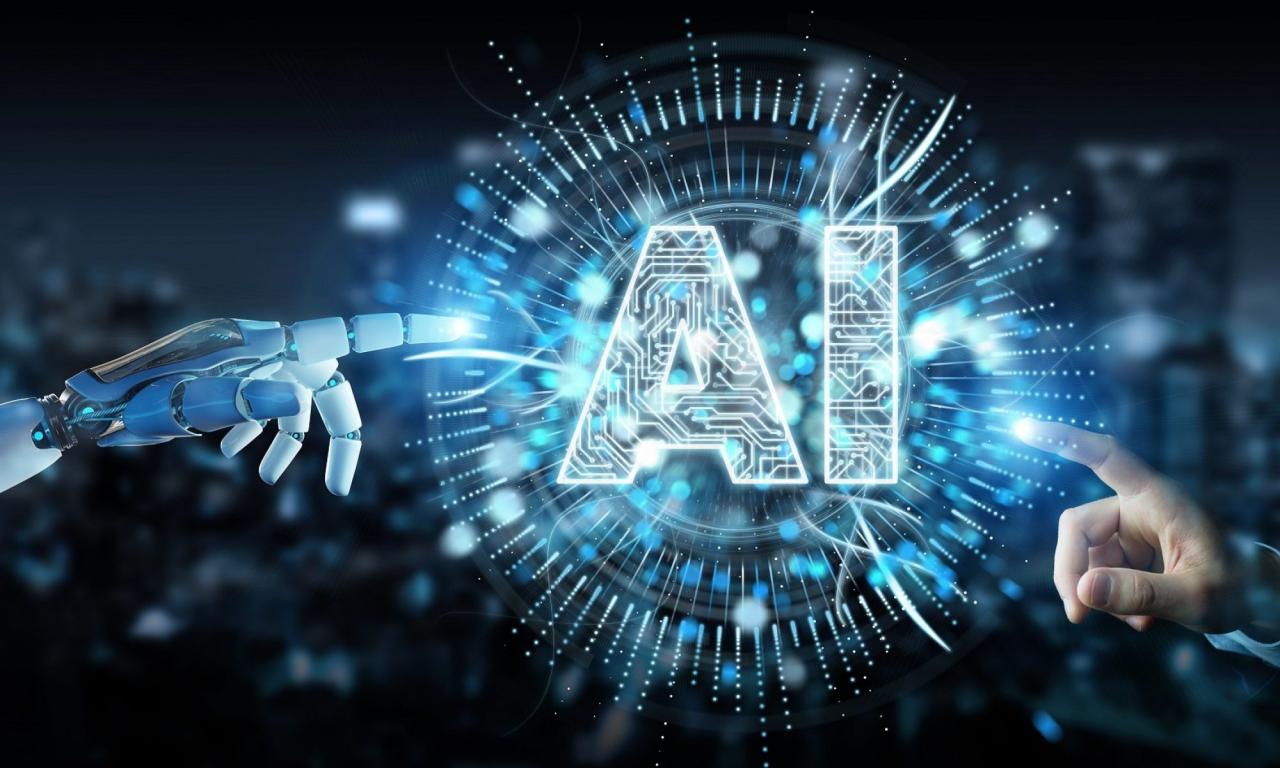
The current AI boom didn’t happen overnight; it is the culmination of several groundbreaking advancements in computing power, data availability, and, most importantly, algorithmic architecture.
The last ten years, in particular, have been a period of frantic and spectacular innovation that has transitioned AI from a lab curiosity to a global economic tool.
The Generative AI Revolution
This is arguably the most impactful recent breakthrough, allowing machines to create entirely new content rather than just analyzing existing data.
A. Large Language Models (LLMs) like GPT-4: These models, built on the Transformer architecture, have achieved a stunning level of natural language understanding and generation, enabling fluid conversation, complex summarization, and even coding.
B. Generative Adversarial Networks (GANs): This technology uses two competing neural networks—a generator and a discriminator—to create incredibly realistic images, videos (leading to deepfakes), and synthetic data that are almost indistinguishable from real-world counterparts.
C. Text-to-Image Generation: Tools that allow users to simply type a text description (a “prompt”) and instantly generate a unique, high-quality image or artistic rendering, democratizing digital art creation.
Scientific Discovery and Prediction
AI is now the most powerful tool in the laboratory, accelerating the pace of scientific breakthroughs by tackling problems previously considered computationally impossible.
A. Protein Folding (AlphaFold): DeepMind’s AlphaFold algorithm achieved a monumental feat by accurately predicting the three-dimensional structure of proteins, a problem that puzzled biologists for decades, massively accelerating drug discovery and biological research.
B. Climate and Weather Modeling: AI models are analyzing vast global datasets to predict severe weather patterns, optimize renewable energy grids, and forecast environmental changes with higher precision.
C. Material Science Discovery: Machine learning is being used to virtually screen and design new materials with desired properties, vastly speeding up the development cycle for advanced manufacturing and battery technology.
Real-World Autonomy
The leap from assistance systems to true autonomy has been a defining characteristic of the AI age, moving control from human hands to machine intelligence in critical applications.
A. Autonomous Vehicles (AVs): AI algorithms, coupled with advanced sensor fusion, enable vehicles to perceive their environment, make complex driving decisions, and navigate traffic with increasing safety and efficiency.
B. Agentic AI: A newer development where AI systems are designed to autonomously execute complex, multi-step goals on behalf of a user, often making decisions and interacting with multiple external tools without constant human oversight.
C. Robotics and Manufacturing: AI-driven computer vision and reinforcement learning are giving industrial robots more flexibility and precision, moving beyond repetitive tasks to handling complex, unstructured manufacturing and quality control environments.
How AI is Remaking Every Major Industry
AI is not limited to a single sector; its transformative power is being felt across the entire global economy, fundamentally changing business models and job roles everywhere.
Healthcare and Medicine
AI is moving from a helpful tool to an integral part of diagnostics and treatment.
A. Enhanced Diagnostics: AI algorithms can analyze medical images (X-rays, MRIs) and digital pathology slides faster and often more accurately than humans, assisting in the early detection of diseases like cancer.
B. Personalized Treatment Plans: By analyzing a patient’s genetic data, medical history, and lifestyle, AI can recommend highly specific and effective treatment protocols and drug dosages.
C. Drug Discovery and Research: AI slashes the time and cost required to identify promising drug candidates by simulating molecular interactions and predicting the efficacy and toxicity of compounds.
Finance and Banking
In the high-stakes world of finance, AI is prized for its ability to analyze massive datasets and detect minute patterns.
A. Fraud Detection and Cybersecurity: AI systems monitor billions of transactions in real-time to identify and flag anomalous patterns that indicate fraudulent activity or sophisticated cyber threats.
B. Algorithmic Trading: AI models make lightning-fast, data-driven trading decisions, often controlling over 90% of all high-frequency trading volumes in major markets.
C. Robo-Advisors and Risk Management: AI provides personalized investment advice and portfolio management to consumers and analyzes complex market data to refine risk models for banks and insurance companies.
Retail and E-commerce
AI is the key driver of the hyper-personalized consumer experience we now expect online.
A. Personalized Recommendations: AI analyzes browsing history, purchase patterns, and demographics to offer highly relevant product suggestions, dramatically increasing conversion rates.
B. Inventory and Supply Chain Optimization: Predictive analytics forecast consumer demand with greater accuracy, allowing retailers to optimize stock levels and streamline complex global logistics networks.
C. Customer Service Automation: AI-powered chatbots and virtual assistants handle a high volume of routine customer inquiries, providing instant support and freeing human agents for complex problems.
Transportation and Logistics
AI is making the movement of people and goods safer and far more efficient.
A. Route Optimization: AI algorithms calculate the most efficient delivery routes in real-time, considering traffic, weather, and delivery windows, reducing fuel consumption and speeding up logistics.
B. Smart Traffic Management: AI analyzes real-time video and sensor data in cities to dynamically adjust traffic lights and flow, dramatically reducing congestion and pollution.
C. Driver Assistance Systems: AI powers safety features like adaptive cruise control, automatic emergency braking, and lane-keeping assistance, reducing human error on the road.
The Positive Impact of AI on Society
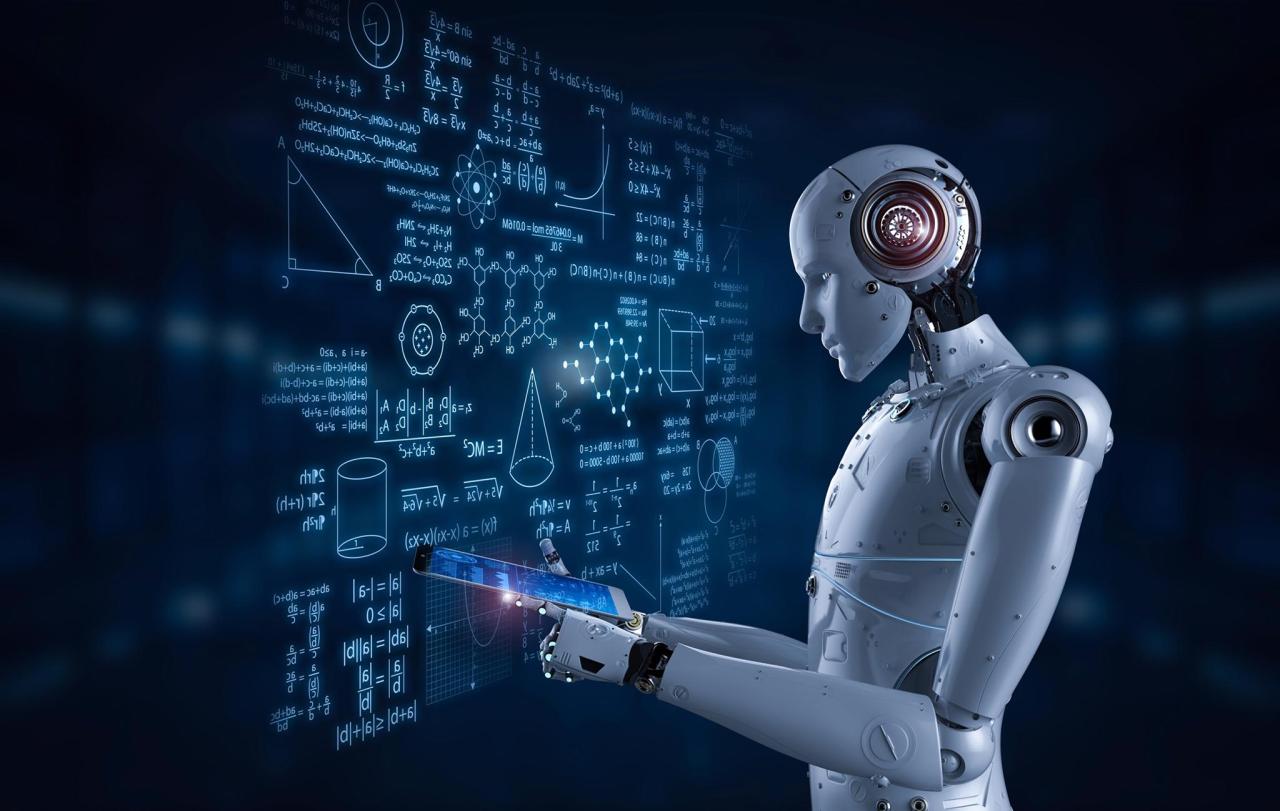
While the business applications of AI are clear, its benefits extend to improving the overall quality of human life and solving grand societal problems.
A. Increased Global Productivity
A. Automation of repetitive tasks frees up human workers to concentrate on creative, complex, and high-value work.
B. This shift in focus is leading to higher job satisfaction and greater overall economic output per employee.
C. AI augments human decision-making, allowing professionals in all fields to make better choices faster and with more confidence.
B. Revolutionizing Education
A. AI enables the creation of highly personalized learning paths, adapting the curriculum and pace to each student’s specific needs and learning style.
B. Intelligent tutoring systems can provide real-time feedback and support, effectively giving every student access to a dedicated digital tutor.
C. Administrative tasks are automated, allowing teachers to spend less time on grading and paperwork and more time on student engagement.
C. Addressing Climate Change
A. AI optimizes energy consumption in smart grids and buildings, leading to substantial reductions in wasted power.
B. Advanced models predict the impact of various climate mitigation strategies, allowing policymakers to make data-driven decisions.
C. AI helps in monitoring and managing natural resources, detecting illegal deforestation, and analyzing soil composition for sustainable agriculture.
D. Enhancing Public Safety
A. AI algorithms analyze vast surveillance data to enhance security monitoring and flag unusual activity in real time.
B. Predictive maintenance for critical infrastructure, like bridges and power plants, prevents costly failures and public safety risks.
C. AI is used in disaster response to quickly analyze aerial imagery and map out damage, accelerating relief efforts and resource deployment.
Navigating the Critical Ethical Landscape of AI
The immense power of AI demands an equally immense sense of responsibility. As AI systems become more autonomous and influential, several ethical and societal challenges must be urgently addressed to ensure responsible development.
1. Bias and Fairness
The data used to train AI models often reflects and perpetuates existing human and societal biases, leading to unfair outcomes.
A. Discriminatory Decisions: Algorithms used in hiring, loan approvals, and criminal justice risk making prejudiced decisions that unfairly disadvantage certain groups of people.
B. Training Data Purity: There is a critical need to audit and curate training datasets to actively remove or mitigate inherent biases.
C. Equity in Healthcare: AI models must be tested to ensure they perform equally well across different demographic groups to avoid disparate health outcomes.
2. Transparency and Explainability (The “Black Box” Problem)
Many advanced AI models operate as a “black box,” making decisions without providing clear, human-understandable reasoning.
A. Lack of Trust: If an AI makes a critical decision (like denying a loan), the affected person has a right to understand the justification.
B. Accountability: The difficulty in tracing the decision-making process complicates assigning responsibility when an AI system makes an error or causes harm.
C. Need for XAI (Explainable AI): Researchers are working to develop AI systems that can provide clear, verifiable explanations for their outputs, often through “glass box” models.
3. Data Privacy and Security
AI’s hunger for massive amounts of data intensifies existing concerns about privacy and surveillance.
A. Mass Surveillance Potential: AI-powered facial recognition and real-time monitoring can enable widespread surveillance that infringes upon civil liberties.
B. Data Security Risk: The centralization of vast datasets for AI training creates a massive target for cybercriminals and state-sponsored attacks.
C. Privacy-Preserving Techniques: New methods like Federated Learning allow AI models to be trained on local data across devices without ever collecting the raw, sensitive information centrally.
4. Job Displacement and Economic Impact
Automation through AI is poised to disrupt numerous job markets, creating new roles but also rendering many existing ones obsolete.
A. Workforce Transition: Governments and industries must invest heavily in upskilling and reskilling programs to help workers adapt to the new AI-augmented economy.
B. Augmentation Over Replacement: The focus should be on how AI can augment human capabilities, making workers more effective, rather than merely replacing them entirely.
C. Worsening Inequality: There is a risk that AI benefits will flow disproportionately to the wealthy and educated, widening the gap between developed and developing economies.
Future Trends on the AI Horizon
Looking ahead, AI development shows no signs of slowing down, with several exciting trends promising to take the technology to its next phase.
A. Multi-Modal AI
The next generation of LLMs will effortlessly process and generate not just text, but also images, video, and audio simultaneously, leading to richer, more human-like interactions.
B. Edge AI
Moving AI processing away from the cloud and onto local devices (the “edge”) will enable faster, more private, and more reliable decision-making for applications like drones and mobile devices.
C. Neuromorphic Computing
Developing hardware designed to mimic the structure and function of the human brain will lead to much more energy-efficient and powerful AI systems capable of complex learning.
D. AI Governance and Regulation
As AI’s influence grows, national and international regulatory frameworks will become a major focus, attempting to set ethical guardrails and legal responsibilities for autonomous systems.
Conclusion
Artificial Intelligence is the single most defining technology of our era.
It has completely transformed every facet of our economic and personal existence.
Recent innovations in generative AI represent a fundamental paradigm shift in computing.
AI offers solutions to global challenges, including healthcare crises and climate change.
We must vigilantly address ethical concerns like bias, transparency, and data privacy.
The successful integration of AI requires a partnership between humans and machines.
Future trends promise even more sophisticated, multi-modal, and localized intelligence.
Our collective responsibility is to guide this power towards beneficial and equitable outcomes.
The journey with AI is not just technological; it is deeply societal and profoundly human.
We are not merely observing the future; we are actively building it with these innovations.

